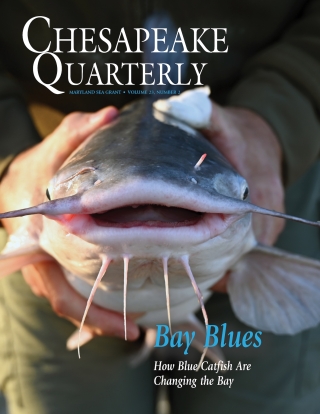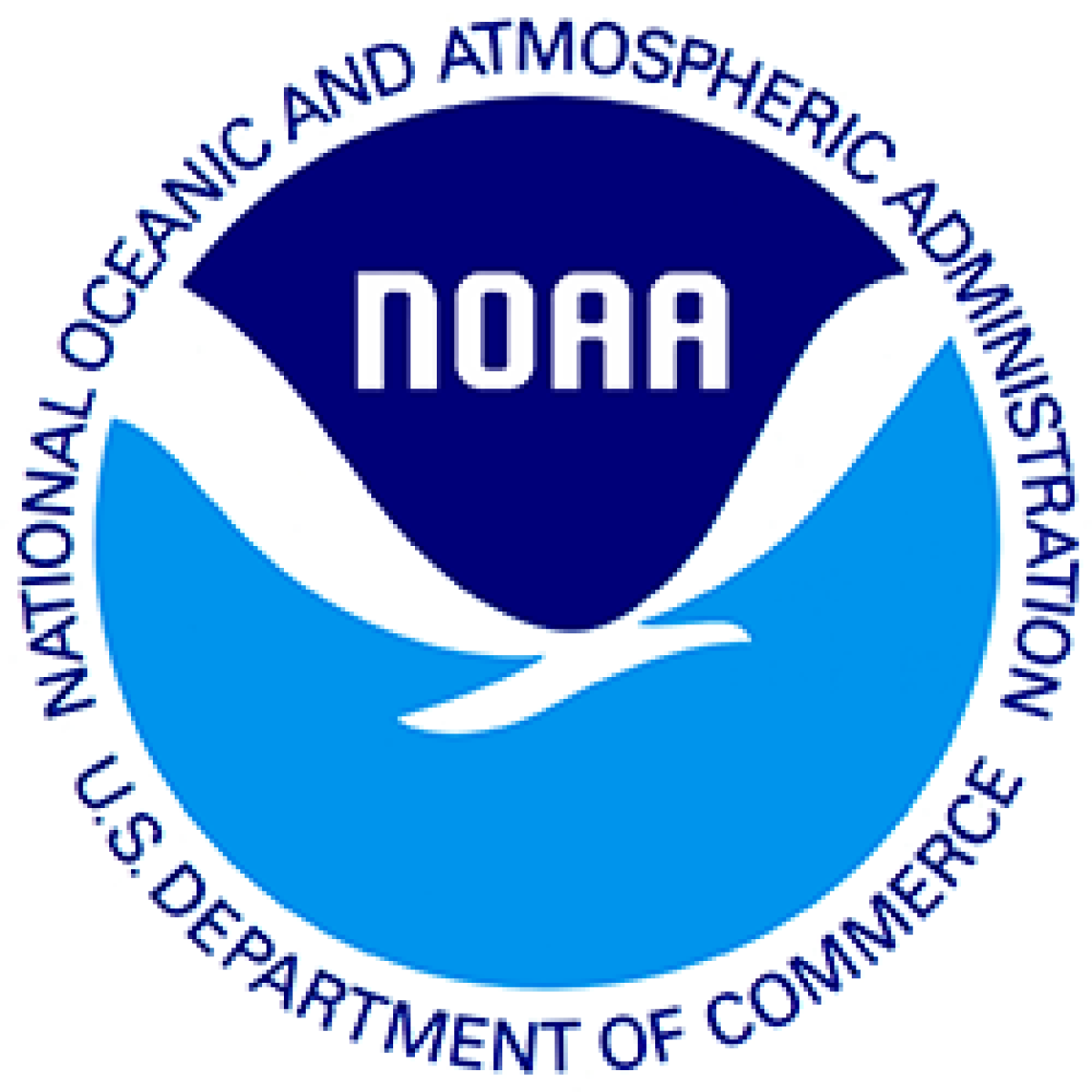Knauss legislative fellowships in Congress help build careers — and they're fun and educational. See our video and fact sheet for details.
Research Publications: UM-SG-RS-2011-09
Title:
Rip currents.
Year:
2011Authors:
Dalrymple, Robert A., Jamie H. MacMahan, Ad J.H.M. Reniers, and Varjola Nelko.Source:
Annual Review of Fluid Mechanics 43 : 551 - 581DOI:
10.1146/annurev-fluid-122109-160733Abstract:
Rip currents are fast-moving flows, traveling “outward almost at right angles to the shore” (Shepard 1936), creating a natural hazard for beachgoers, who suddenly find themselves in deep water. Field measurements and instrumen- tation, laboratory techniques, and numerical modeling have improved with time, enabling a more complete description of rip currents now. Surprisingly, there are many types of rip currents that can occur on beaches, and these currents are created by a wide variety of mechanisms that are presented here, along with numerical, physical, or field validation. We also show the potential for prediction schemes for use by lifeguards and beach managers.
Related Research Project(s) Funded by Maryland Sea Grant:
Maryland Sea Grant Topic(s):
'Related Research Project(s)' link to details about research projects funded by Maryland Sea Grant that led to this publication. These details may include other impacts and accomplishments resulting from the research.
'Maryland Sea Grant Topic(s)' links to related pages on the Maryland Sea Grant website.





